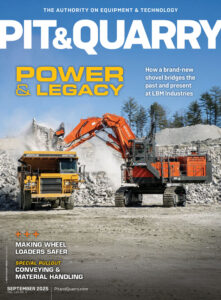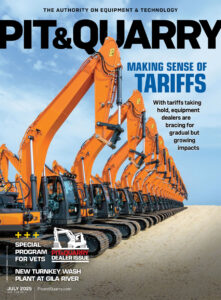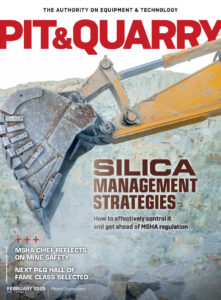
Caterpillar launched an educational program to support customers in aggregates and mining on their energy transition journeys.
Caterpillar’s “Pathways to Sustainability” program is a four-year, multi-pronged experience providing participants with holistic learning opportunities and energy transition project advisement. The emphasis of the program is on understanding each participating company’s sustainability objectives and providing participants with information and tools that will help them understand where they are on their own unique journey, as well as where energy transition strategies may need to be customized to support individual actions.
The program includes in-person and virtual training opportunities centered on six strategic areas impacted by the energy transition: strategy, people, product, process, technology and infrastructure.
In alignment with Caterpillar’s 2030 sustainability goals, the company says the program will explore opportunities to make an impact toward customers’ site emissions-reduction objectives through multiple avenues – including the use of technology, reducing machine lifecycle waste, fleet-bridging strategies and solutions that can be applied to improve efficiency.
Cat says the program represents the next phase of its sustainability offerings, building off of the company’s “Early Learner” program that was established in 2021. The “Early Learner” program includes electrification agreements with a select group of customers across the world who are working with Caterpillar to test and validate the company’s new battery electric machines and charging and infrastructure solutions.
“To make a step-change, it will take the industry coming together,” says Marc Cameron, senior vice president at Caterpillar. “That is what our ‘Early Learner’ program and now the ‘Pathways to Sustainability’ program are all about: learning and working together toward a brighter future. We are proud to support our customers every step of the way as they design their own unique paths and goals, now and through the energy transition.”











